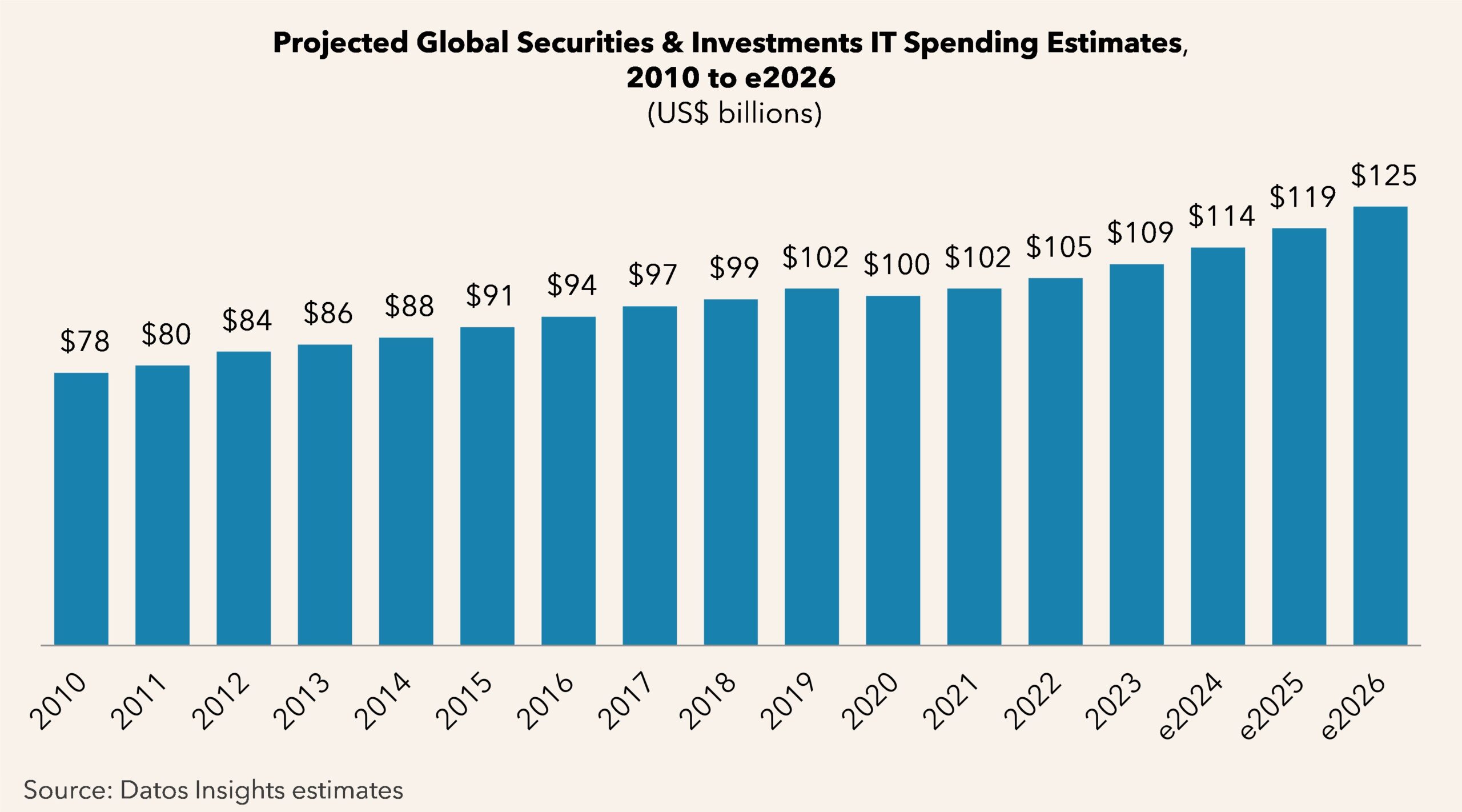Introduction: The Market’s Report Card
Earnings season is one of the most closely watched events in equity markets. Every quarter, public companies release their financial results, offering insights into performance, profitability, and future expectations. These reports don’t just inform shareholders — they move markets. Stock prices can rise dramatically, collapse in minutes, or swing wildly based on how results compare to expectations.
For investors operating on a Global Trading Platform, earnings reports are more than just data points; they are signals that influence trading decisions, sector rotations, and portfolio risk management. Understanding the mechanics of earnings-driven volatility is essential for building resilience and capturing opportunity.
Why Earnings Matter
Earnings reports provide transparency into how a company is performing and where it’s heading. They typically include three key elements:
- Revenue (Top Line) – Measures sales performance and demand for products or services.
- Earnings per Share (EPS) – Net income divided by the number of outstanding shares, reflecting profitability.
- Forward Guidance – Management’s forecast for upcoming quarters, often more influential than past results.
Together, these figures help investors evaluate growth trajectory, profitability, and management’s credibility in steering the business.
Market Reactions: Beyond the Numbers
Markets are not just reacting to what companies report — they are reacting to what was expected. Analyst forecasts, investor sentiment, and macroeconomic conditions all frame the reaction.
- Beating Expectations: Companies that exceed consensus EPS or revenue often see their stock prices rally.
- Missing Expectations: Even profitable companies can see their shares tumble if they fall short of forecasts.
- Guidance Over Results: A strong quarter with weak forward guidance can sink a stock, while modest earnings with bullish guidance can drive gains.
Example Scenarios:
- Tech Company X posts record quarterly revenue but warns of slower future growth → Stock dips despite stellar results.
- Retailer Y delivers modest earnings but raises its forecast for holiday sales → Shares surge on optimistic outlook.
This interplay between expectations and reality is what makes earnings season unpredictable — and highly tradable.
Deeper Drivers of Earnings Volatility
Beyond headline numbers, markets react to subtler details:
- Margins – Declining profit margins may signal rising costs, even if revenue grows.
- Cash Flow – Strong earnings but weak free cash flow can worry long-term investors.
- Debt Levels – Earnings reports often include updates on debt servicing, refinancing, or leverage changes.
- Segment Performance – Investors scrutinize which divisions are growing and which are underperforming.
These details often dictate whether an initial stock reaction is sustained or fades.
Investor Strategies During Earnings Season
Earnings season offers both opportunity and risk. Different strategies cater to different investor profiles:
1. Earnings Plays
Some short-term traders take speculative positions before results are announced. They aim to profit from big swings but face binary risk — the stock may skyrocket or collapse.
2. Options Hedging
Options provide tools to mitigate earnings-related volatility.
- Buying puts protects against downside.
- Covered calls generate income while reducing risk.
- Straddles/strangles allow traders to profit from large moves in either direction.
3. Post-Earnings Drift
Research shows that stocks often continue trending in the same direction as their initial earnings reaction, a phenomenon known as “post-earnings drift.” Investors who miss the immediate move sometimes capitalize on this continuation.
4. Sector and Index Impacts
Big earnings from companies like Apple, Amazon, or Tesla can influence entire indices such as the S&P 500 or Nasdaq. Sector ETFs also react strongly when multiple firms in an industry report.
5. Long-Term Positioning
For long-term investors, earnings season is less about short-term moves and more about assessing fundamentals. They look for consistency in growth, sustainable margins, and credible guidance rather than quarterly volatility.
Common Mistakes Investors Make
Earnings season can be profitable — but also dangerous if approached carelessly. Common pitfalls include:
- Chasing Hype: Buying into earnings “buzz” without analyzing fundamentals.
- Ignoring Guidance: Focusing only on quarterly numbers and overlooking management’s outlook.
- Overtrading: Making too many speculative moves, eroding returns through fees and poor timing.
- Neglecting Macro Context: Forgetting that broader economic conditions often amplify or dampen company results.
Practical Example: Tech Earnings in Action
Imagine a software company releases its Q2 earnings:
- Revenue: $10B (beats forecasts of $9.5B)
- EPS: $2.50 (beats estimates of $2.30)
- Guidance: Warns of slower sales in Europe due to currency headwinds
Market Reaction: Despite beating on both revenue and EPS, the stock drops 5% as investors price in weaker forward growth.
This example highlights that guidance often outweighs past performance in shaping investor sentiment.
Bancara’s Perspective on Earnings Analysis
Bancara equips investors to navigate earnings season with precision:
- Integrated Analytics: Compare company earnings against sector and index benchmarks.
- Multi-Asset Strategies: Hedge equity exposure with FX, commodities, or derivatives.
- Real-Time Access: Trade instantly when earnings results are released.
By combining institutional-grade execution with retail accessibility, Bancara helps investors harness volatility rather than fear it.
Conclusion
Earnings reports remain one of the most powerful drivers of stock prices, shaping sentiment well beyond headline numbers. They move markets not only through what is reported, but also through how it compares to expectations and forward outlooks.
Bancara – Europe Headquarters , Bancara – Middle East and North Africa Division — explore the Bancara location.




